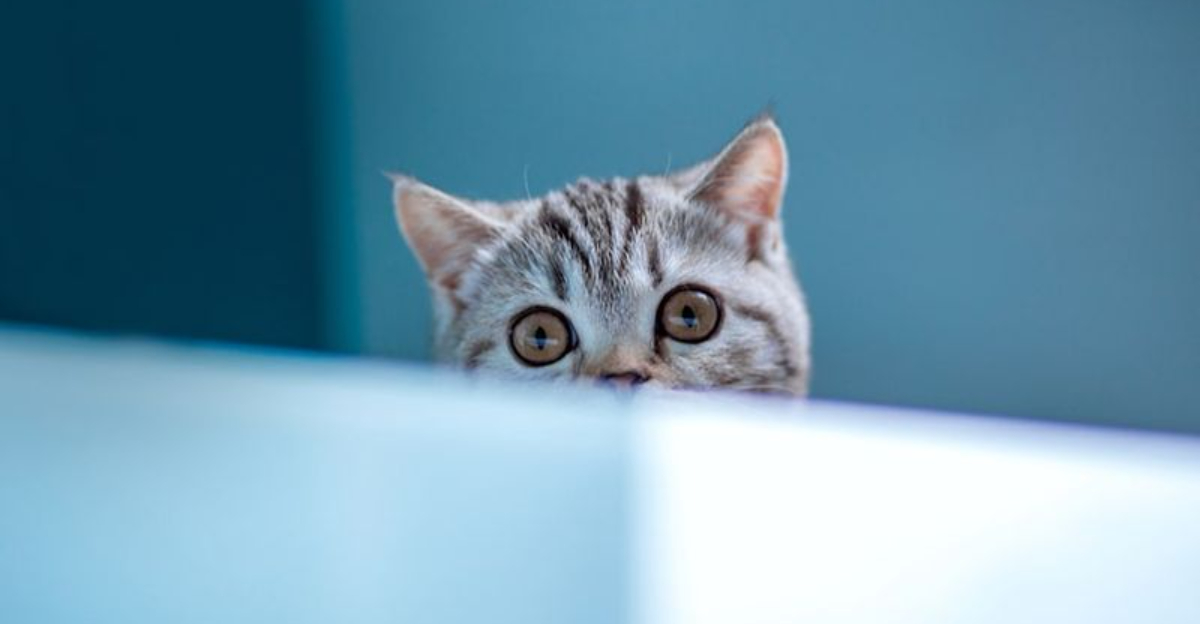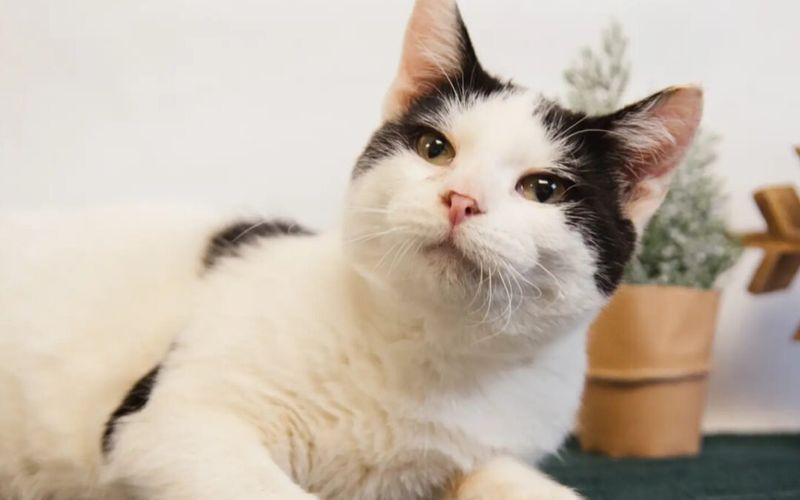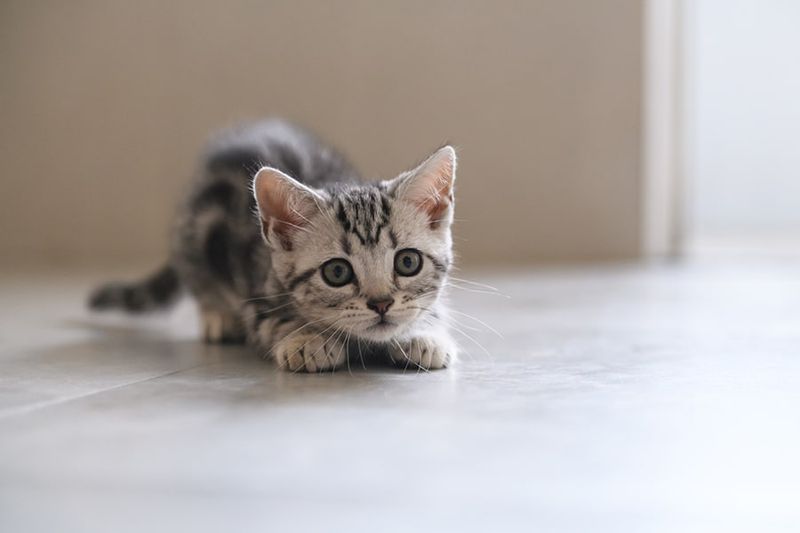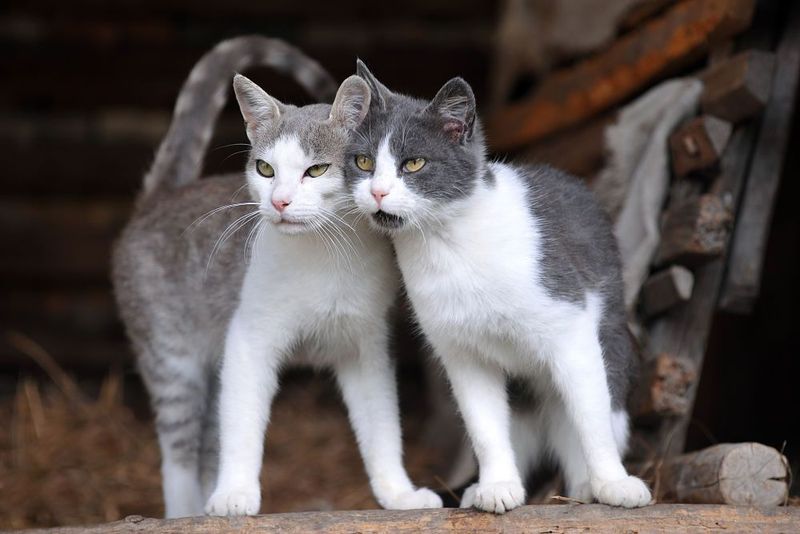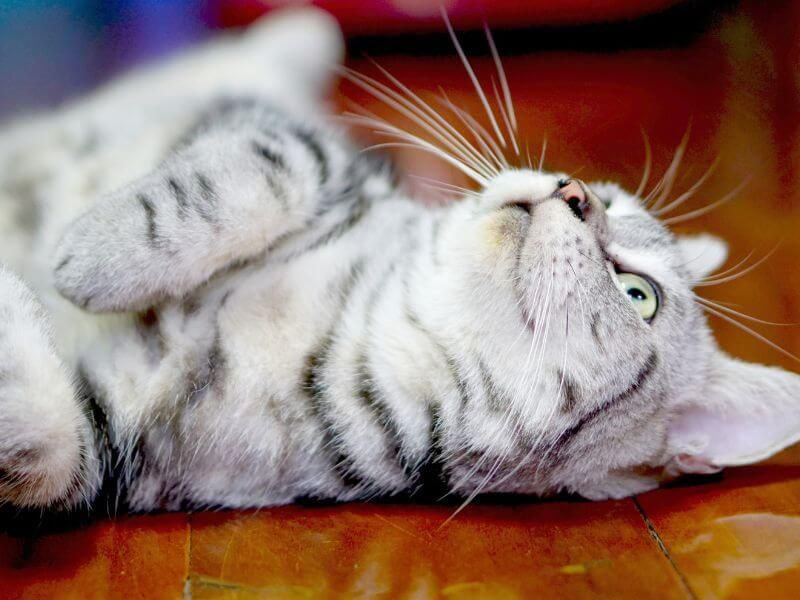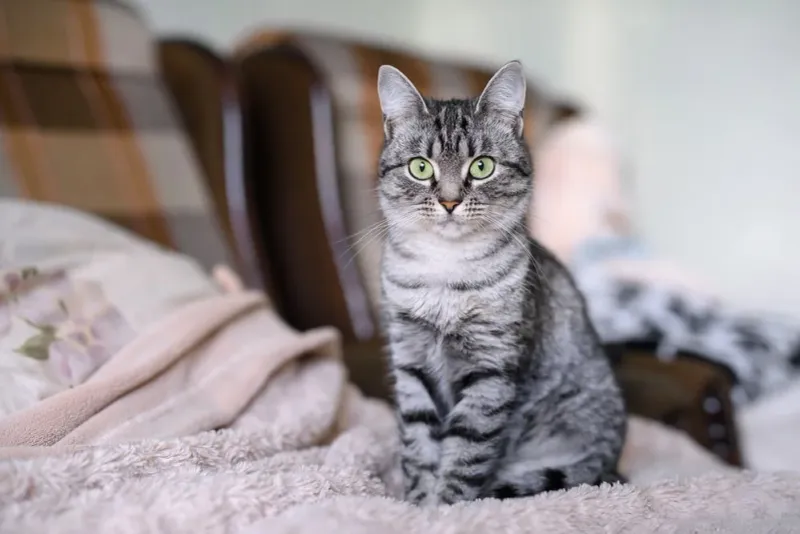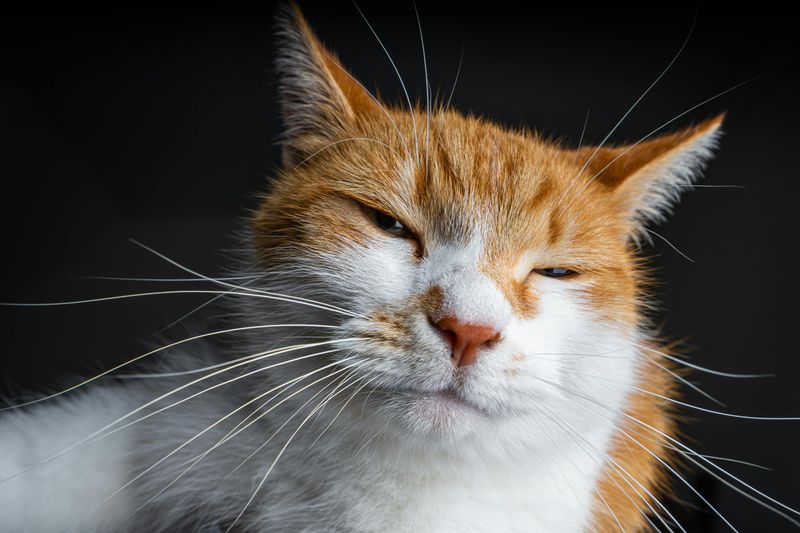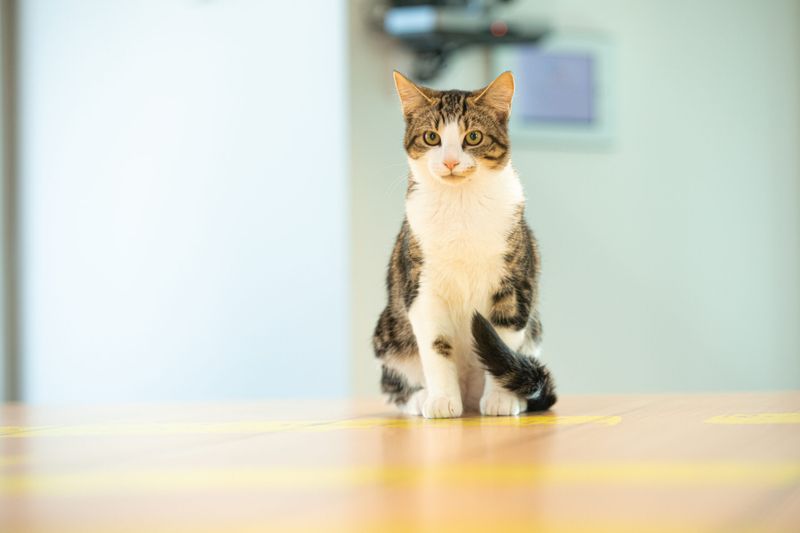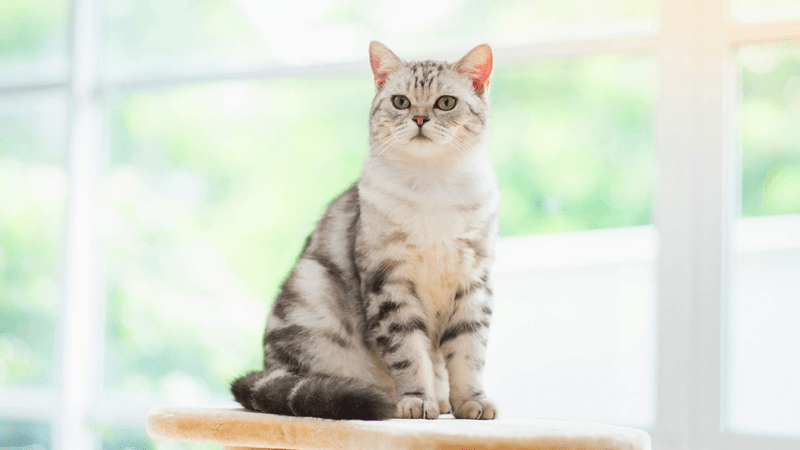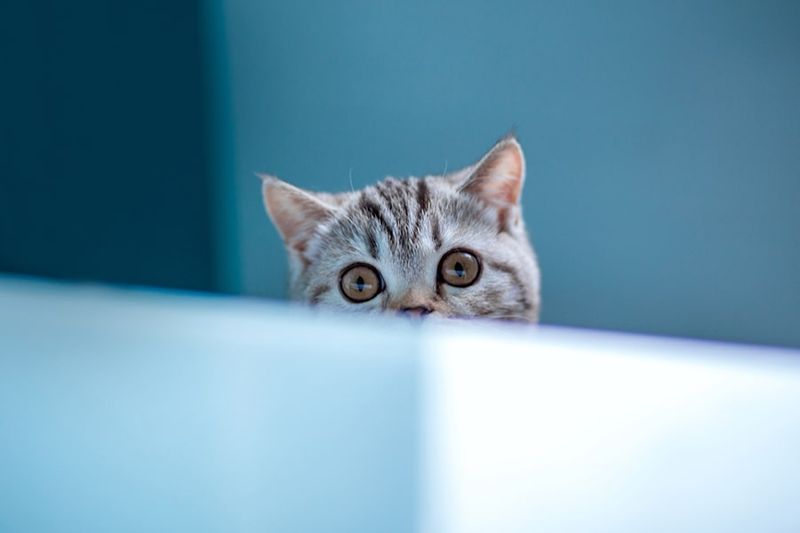📖 Table of Content:
When it comes to short-haired cats in the United States, it’s easy to confuse the American Shorthair with the more broadly categorized Domestic Shorthair. On the surface, they might look similar—both sporting sleek coats and a range of colors—but these two cats come from vastly different backgrounds. While one is a carefully bred feline with a pedigree and predictable traits, the other is a delightful mystery of mixed lineage and unpredictable charm.
Understanding the distinctions between these cats isn’t just a matter of trivia—it can influence everything from grooming habits to temperament expectations and even long-term health care. American Shorthairs have earned a respected place in the world of cat breeding and exhibitions, whereas Domestic Shorthairs are often beloved shelter rescues with varied personalities and appearances. These differences are more than skin deep, shaping how these cats fit into households and lifestyles across the country.
If you’ve ever wondered whether that short-haired tabby you saw is an American Shorthair or simply a Domestic Shorthair, you’re not alone. Despite their similar looks, the differences between the two can be surprising and meaningful. Below are twelve clear and unexpected ways these cats set themselves apart—covering everything from lineage and appearance to behavior and grooming needs.
1. Breed Standard vs. Mixed Lineage
A defining feature of the American Shorthair is its formal recognition as a breed with strict standards maintained by major cat associations. In contrast, the Domestic Shorthair is more of an umbrella term, describing any mixed-breed cat with short hair, regardless of heritage. Breed standards ensure that American Shorthairs have consistent traits like body shape, temperament, and coat quality. Domestic Shorthairs, meanwhile, result from generations of unplanned breeding, making each cat one of a kind. This difference impacts not only how they’re classified but also how they’re bred, sold, and shown. People often misunderstand Domestic Shorthairs as being “lesser” cats when, in fact, they simply don’t follow a documented bloodline. As such, comparing these two is like comparing a purebred dog to a lovable mutt—they both have value, just in different ways.
2. Consistent Appearance
American Shorthairs have a recognizable look that has remained relatively unchanged for decades. Their features typically include a broad face, muscular body, and thick, medium-length coat. Domestic Shorthairs, however, can have any combination of facial features, ear shapes, body builds, and fur textures. Because of this variability, it’s difficult to predict what a DSH kitten will grow into, both physically and behaviorally. Pet owners who want a cat with a specific appearance tend to gravitate toward the American Shorthair for that reason. Breeders have worked meticulously to ensure the breed’s traits are uniform from generation to generation. On the other hand, a Domestic Shorthair’s unique appearance is often part of their appeal, offering surprises with every litter.
3. Coat Patterns and Colors
Unlike the mixed genetics of Domestic Shorthairs, American Shorthairs are known for having specific, often striking coat patterns like silver tabby or blue patched tabby. While DSH cats can come in virtually every color and pattern imaginable, their markings don’t follow any breed-specific standard. This makes American Shorthairs a go-to breed for those who want a cat with a consistent and often luxurious appearance. Domestic Shorthairs might surprise you with coat patterns that seem to come from nowhere—tortoiseshell, calico, bicolor, or even tuxedo. Some DSHs may even resemble ASHs, but without the pedigree to back it up. Their coats can also range from sleek and shiny to rough and patchy, depending on heritage. While variety is a strength for DSHs, ASHs offer predictability in a cat’s appearance that appeals to many.
4. Temperament Predictability
Thanks to generations of controlled breeding, American Shorthairs tend to exhibit well-known personality traits such as calmness, loyalty, and quiet affection. In contrast, Domestic Shorthairs are a genetic mystery, and their behavior can be anything from fiercely independent to overly clingy. This inconsistency makes DSHs more of a gamble when it comes to temperament. American Shorthairs, by contrast, are often described as gentle and sociable but not overly needy. Families with children or other pets often prefer ASHs because their demeanor is easier to anticipate. Though individual personality always plays a role, breed history strongly influences behavior. Adopting a Domestic Shorthair can feel like rolling the dice, whereas choosing an American Shorthair is more like selecting a known quantity.
5. Longevity and Health Traits
Due to intentional breeding focused on health, American Shorthairs often live long, healthy lives with fewer genetic disorders. Domestic Shorthairs, having a wider genetic pool, are sometimes healthier overall but may also carry unpredictable hereditary issues. The lack of breed concentration in DSHs can be both a blessing and a risk. On one hand, it reduces the likelihood of breed-specific ailments; on the other, it means there’s no control over potential recessive genes. Veterinarians often see American Shorthairs with known health profiles, making treatment and prevention more straightforward. Domestic Shorthairs, however, might surprise even experienced pet owners with their unexpected medical needs. While both cats can live into their teens or longer with good care, breed plays a role in what to expect health-wise.
6. Breeding History
Rooted in colonial America, American Shorthairs have a carefully documented history that dates back centuries. These cats were originally working animals, prized for their ability to control rodent populations on ships and farms. Domestic Shorthairs, however, are often the descendants of strays and non-pedigreed pets that bred without human oversight. That lack of formal history makes DSHs a biological patchwork, each with a unique story. American Shorthairs carry the legacy of early American settlers and their practical needs. Because of this, ASHs are considered a “heritage breed” with cultural significance. In contrast, Domestic Shorthairs reflect the evolving nature of modern urban and rural cat populations.
7. Grooming Needs
American Shorthairs boast a dense, plush coat that can trap dirt and shed heavily, requiring regular brushing. Domestic Shorthairs often have sleeker coats that are easier to manage day-to-day. Grooming needs can also vary depending on the individual cat’s ancestry within the DSH category. Some may have double coats similar to the ASH, while others have fine, single-layered fur. Pet owners with allergies or limited time may notice a difference in upkeep between the two. While neither breed is high-maintenance compared to long-haired varieties, the ASH generally needs more grooming attention. A weekly brushing usually suffices, but more frequent care can help reduce shedding and hairballs.
8. Price Tag
American Shorthairs come with a breeder’s premium—kittens can cost anywhere from several hundred to over a thousand dollars. In contrast, most Domestic Shorthairs are available for modest adoption fees from shelters or rescues. This price difference reflects more than just breed status—it includes health screenings, pedigrees, and vaccinations. People looking for a “designer” cat often turn to the American Shorthair, while those wanting a loyal companion without the high cost usually adopt a DSH. Rescue organizations frequently offer DSH kittens and adults at discounted rates, especially during adoption drives. The affordability of DSHs makes them the most common pet cat in America. Ultimately, both types bring joy, regardless of cost.
9. Recognition by Cat Associations
Major cat organizations like CFA and TICA recognize American Shorthairs as an official breed with detailed standards and competition eligibility. Domestic Shorthairs lack such formal recognition, despite being the most common type of cat in the U.S. This difference means that ASHs can earn titles, compete nationally, and even be bred to maintain their championship lines. DSHs may still participate in casual competitions, but they’re not judged on pedigree traits. Breed status matters in the world of cat registries, and American Shorthairs are firmly part of that world. Domestic Shorthairs remain beloved by families but exist largely outside that structure. This separation illustrates how the cat fancy world values consistency and documentation.
10. Activity Levels
Typically, American Shorthairs are balanced in their energy levels—playful but not hyperactive. Domestic Shorthairs can range from lazy to bouncing off the walls, depending on their genetic makeup. This unpredictability makes it harder to match a DSH with an owner’s lifestyle without prior interaction. People with a specific activity preference may lean toward ASHs for their steady temperament. While every cat is an individual, breed norms help set expectations. Domestic Shorthairs may need more observation to determine their activity patterns. Their wide behavioral spectrum is both a charm and a challenge for prospective owners.
11. Historical Role
Historically, American Shorthairs were valued for their utility as pest controllers, especially during colonial times and the early days of American agriculture. Domestic Shorthairs emerged more recently as the default housecat in urban and suburban settings. This shift reflects not only changes in living environments but also in the roles cats play in our lives. While ASHs were once working animals, they’ve become beloved pets and show cats. DSHs, by contrast, have always been tied to everyday family life, forming bonds based on proximity and affection rather than selective breeding. The American Shorthair’s legacy includes historical records and formal lineage. Domestic Shorthairs, however, carry a quieter but equally important legacy as the everyman’s cat.
